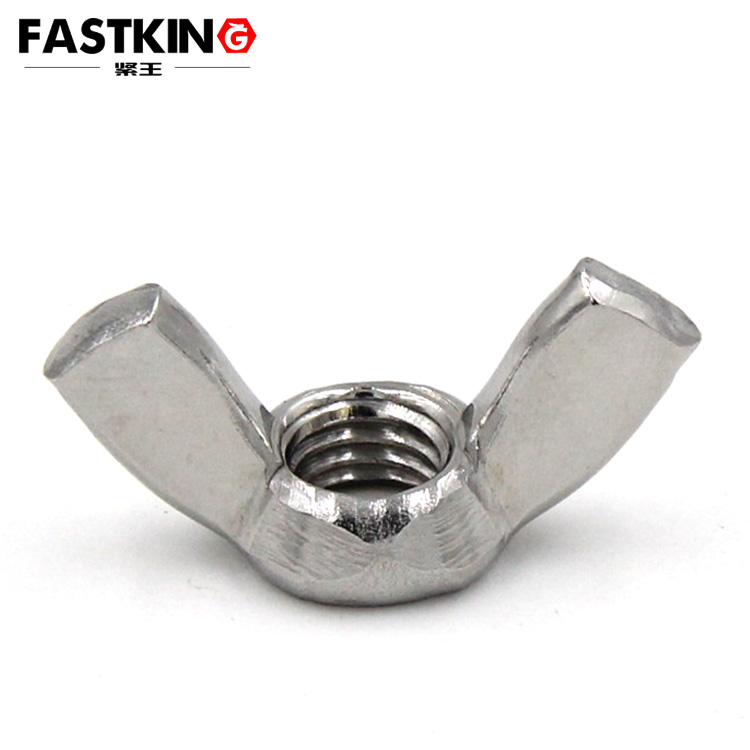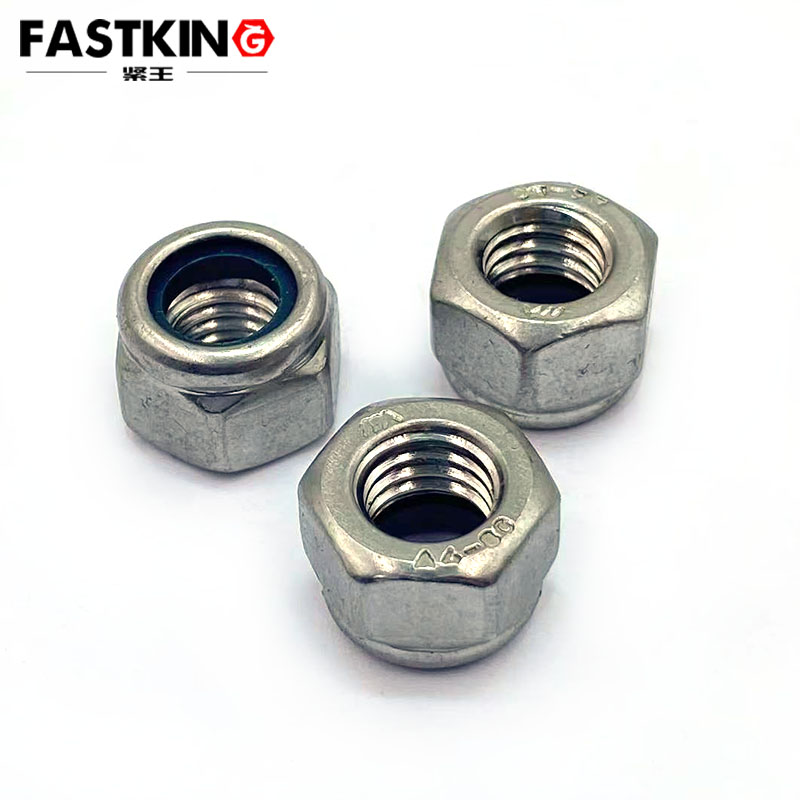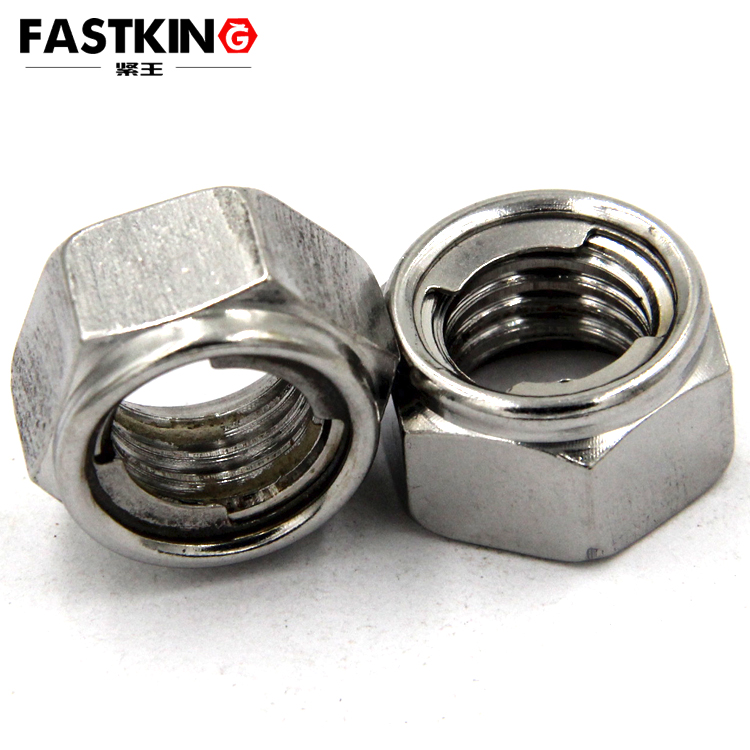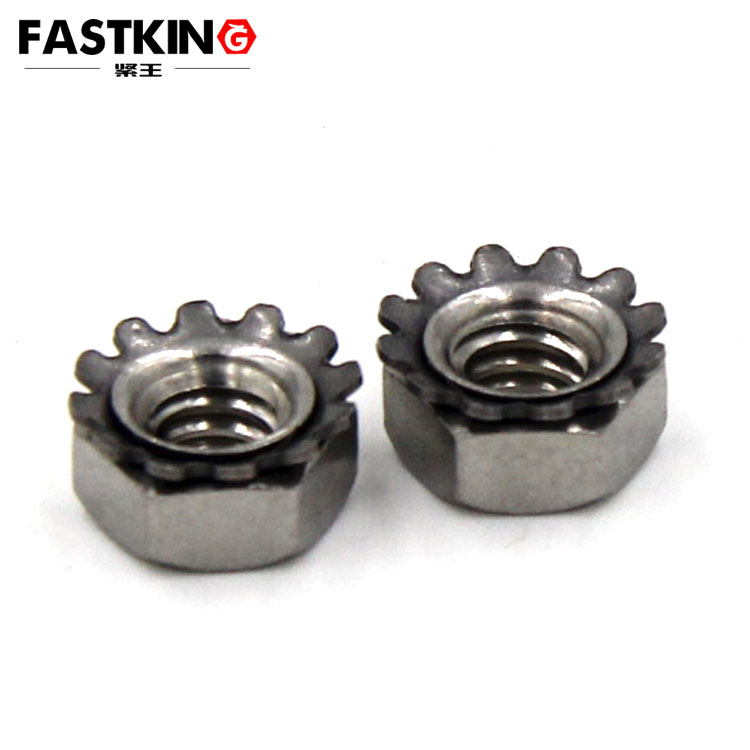- ZHUHAI JIALI HARDWARE CO.,LTD.
- +86-756-8586520
Butterfly nut-din315
- Product description:Stainless steel, carbon steel, galvanized, nickel plated butterfly nut, hand nut, butterfly nut-din315 Butterfly nut is convenient for manual fastening. It is mainly used in the occasion of manual
I. Analysis of Basic Concepts of Nuts
As key components used in conjunction with bolts or screws, nuts mainly function to achieve the secure connection of relevant parts through thread engagement. Common nuts are mostly hexagonal in shape with internal threads in their inner holes. However, butterfly nuts, hand-turned nuts, and wing nuts have distinct characteristics in terms of appearance and usage. Essentially, they all fall into the category of special-purpose nuts. Compared with ordinary nuts, they focus more on meeting the needs of convenient operation and specific application scenarios.
II. Butterfly Nuts: Combining Unique Appearance with Practical Functionality
Butterfly nuts get their name because the protruding wing-like flaps on both sides resemble the wings of a butterfly. This unique design gives them high recognizability. Structurally, these flaps are not just for aesthetics but also serve important practical purposes. In actual use, operators can easily rotate the nut by pinching the flaps on both sides with their fingers—no additional tools are needed—to quickly tighten or loosen it. This convenience is particularly prominent in scenarios that require frequent disassembly and installation. For example, during the assembly and debugging of experimental equipment, researchers can quickly adjust the position of components and fix them, greatly improving work efficiency. In the assembly of simple furniture, butterfly nuts also allow users to easily complete the assembly task without complex tools, lowering the usage threshold.

III. Hand-Turned Nuts: A Model of Convenient Operation
As the name suggests, hand-turned nuts emphasize the feature of being operable directly by hand. Compared with ordinary nuts, hand-turned nuts usually differ in size and surface design. Generally, they are relatively larger in size to facilitate gripping with fingers. Meanwhile, their surfaces may undergo processes such as knurling to increase friction, making it easier for operators to twist the nuts with less effort and reducing the risk of slipping. In scenarios where installation space is limited and tools like wrenches cannot be used, hand-turned nuts become the first choice. For the internal structural connection of small electronic products, the narrow space makes it convenient for maintenance personnel to operate directly by hand with hand-turned nuts, avoiding the difficulty of using tools. In the fixing of outdoor equipment—such as the connection part of tripods for field photography equipment—hand-turned nuts allow photographers to quickly adjust the angle of the equipment and fix it, adapting to different shooting environments.
IV. Wing Nuts: Versatile and Convenient Fasteners
Wing nuts are similar to butterfly nuts in appearance, also having large flaps for easy manual operation. They can generally be disassembled and assembled without tools, a feature that makes them widely used in many fields. In the aviation industry, wing nuts can be used to fix some interior components of aircraft. Their ease of quick disassembly facilitates the maintenance and replacement of interior parts. On the production lines of light industrial products, wing nuts are often used to fix adjustable components of small equipment, allowing workers to adjust them at any time according to production needs. In places that require frequent disassembly and bear low loads, wing nuts play an irreplaceable role. For instance, in the fixing of the casings of some instruments and meters, maintenance personnel can quickly open the casings for inspection and then easily re-fix them.
V. Impact of Materials and Processes on Performance
For butterfly nuts, hand-turned nuts, and wing nuts alike, their materials and surface treatment processes have a significant impact on their performance. Common materials include carbon steel, stainless steel, and brass.
Carbon steel has a relatively low cost and a certain level of strength, making it suitable for ordinary connection scenarios in general environments. However, in humid or corrosive environments, carbon steel nuts are prone to rusting, which affects their service life. Stainless steel, with its excellent corrosion resistance, can maintain stable performance in harsh environments and is often used in outdoor facilities, medical equipment, and other fields with high corrosion resistance requirements. Brass has good electrical conductivity and a certain degree of corrosion resistance, making it commonly used in some electronic equipment and decorative connections that require an attractive appearance.

In terms of surface treatment:
- Galvanizing forms a zinc protective film on the surface of nuts, enhancing their rust resistance.
- Black oxide treatment creates a dense oxide film on the nut surface, which not only prevents rust but also improves the aesthetic texture of the product.
- For application scenarios that require high surface hardness and gloss, nickel plating can increase the surface hardness of nuts, give them a bright luster, and further enhance their corrosion resistance.
With their unique design, convenient operation, and diverse material and process options, butterfly nuts, hand-turned nuts, and wing nuts play an important role in many fields such as industrial production and daily life, providing efficient and convenient solutions for various fastening and connection needs.





